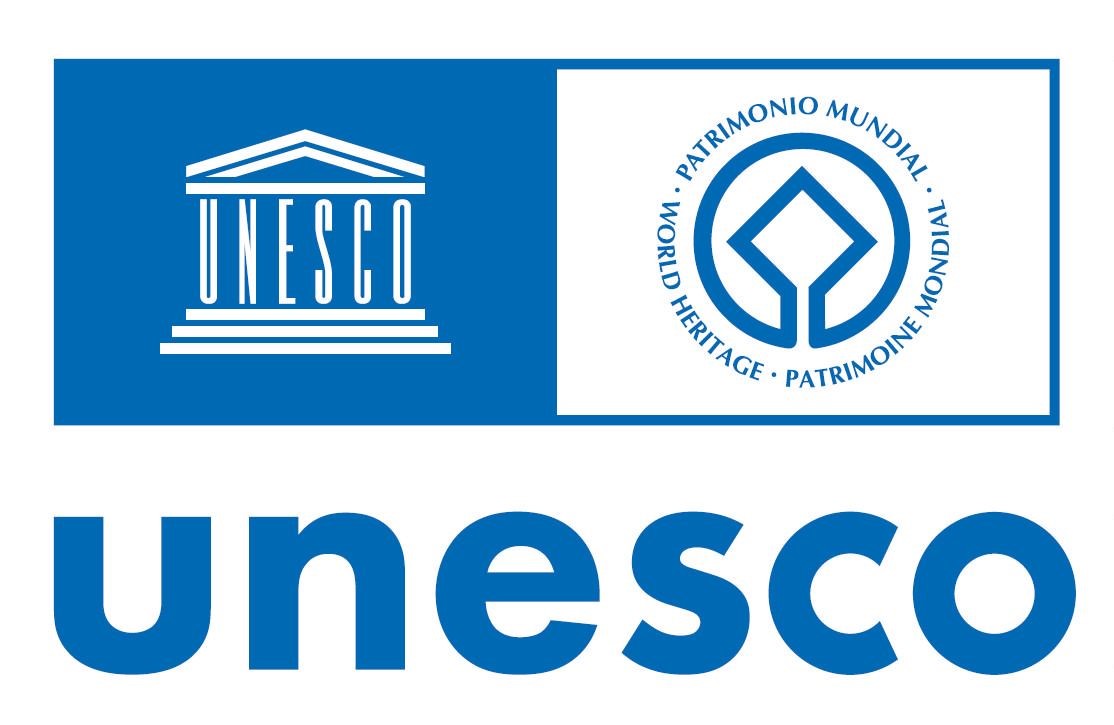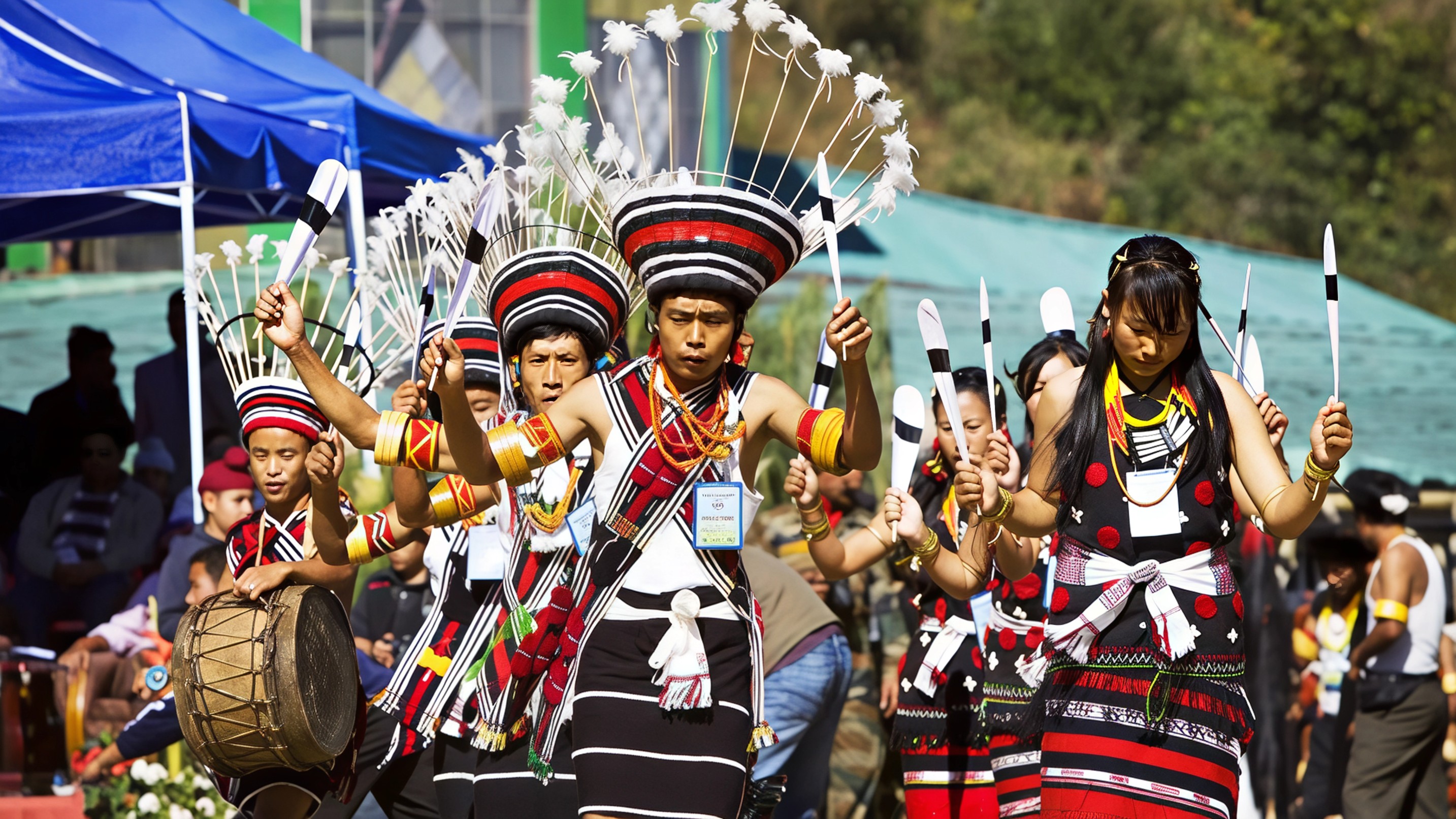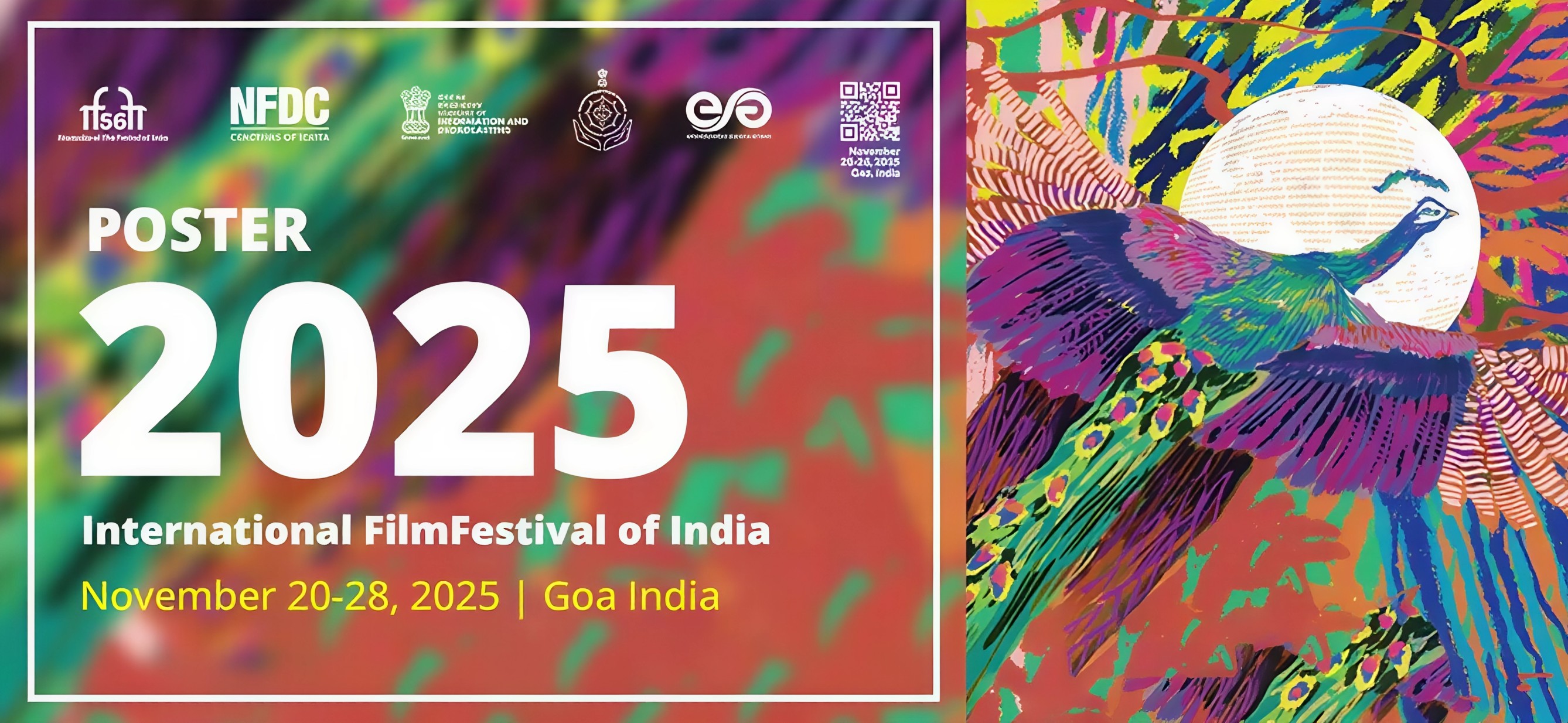The UNESCO World Heritage List has expanded once again with 26 new sites being added at the conclusion of its 47th session in Paris. This year’s selection includes 21 cultural sites, four natural sites, and one mixed site, reflecting humanity’s diverse history and landscapes. With these additions, the total number of World Heritage Sites now stands at 1,248 across 170 countries.
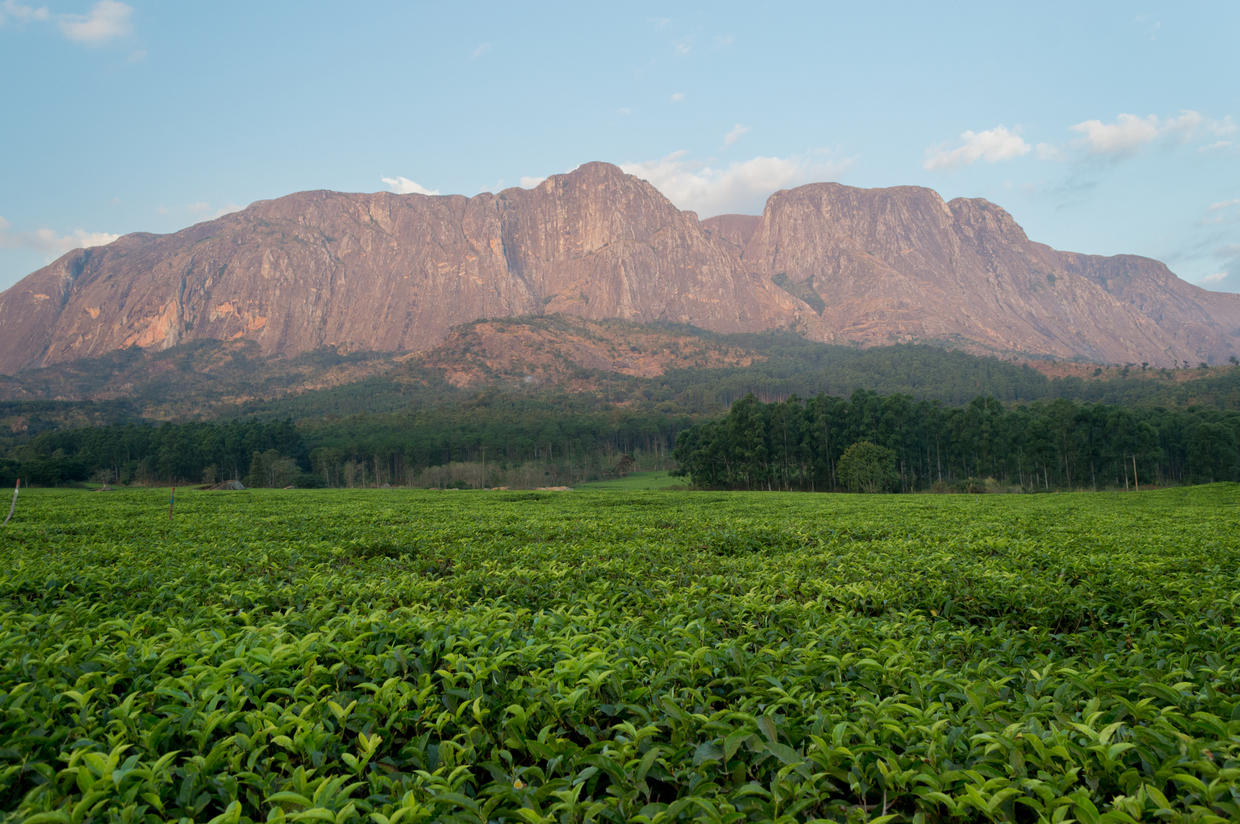
Africa was in the spotlight this year with four new inscriptions. Guinea Bissau and Sierra Leone celebrated their first ever entries with the Bijagós Archipelago and the Gola Tiwai rainforest complex. Cameroon’s Diy Gid Biy archaeological landscape and Malawi’s Mount Mulanje, considered sacred by several communities, also gained recognition. UNESCO officials emphasized that the priority given to Africa goes beyond symbolism and represents a long term commitment to protecting the continent’s heritage.
Asia too made its mark with North Korea’s Mount Kumgang being inscribed as the only mixed site this year. Known as Diamond Mountain, it blends natural beauty with centuries of Buddhist tradition, housing monasteries that are still active today. Cambodia also gained recognition with three memorial sites linked to the Khmer Rouge era, turning painful history into places of remembrance and peace.

Europe added several long awaited entries. Bavaria’s palaces of King Ludwig II, including the famous Neuschwanstein Castle, finally secured their place on the list. France saw the inscription of the ancient Carnac and Morbihan stone alignments, which predate Stonehenge by more than a thousand years. Greece celebrated the inclusion of Minoan palatial centres, while Turkey’s Iron Age city of Sardis and tumuli of Bin Tepe also joined the ranks. Prehistoric landscapes dominated with Sardinia’s domus de janas tombs, Iran’s Khorramabad Valley caves, Russia’s Shulgan Tash rock paintings, Brazil’s Peruaçu canyon caves, and Australia’s Murujuga rock art landscape all making the list.
India too gained a new recognition with the inscription of the Maratha Military Landscapes, a network of forts across Maharashtra that highlight the strategic and architectural brilliance of the Marathas.
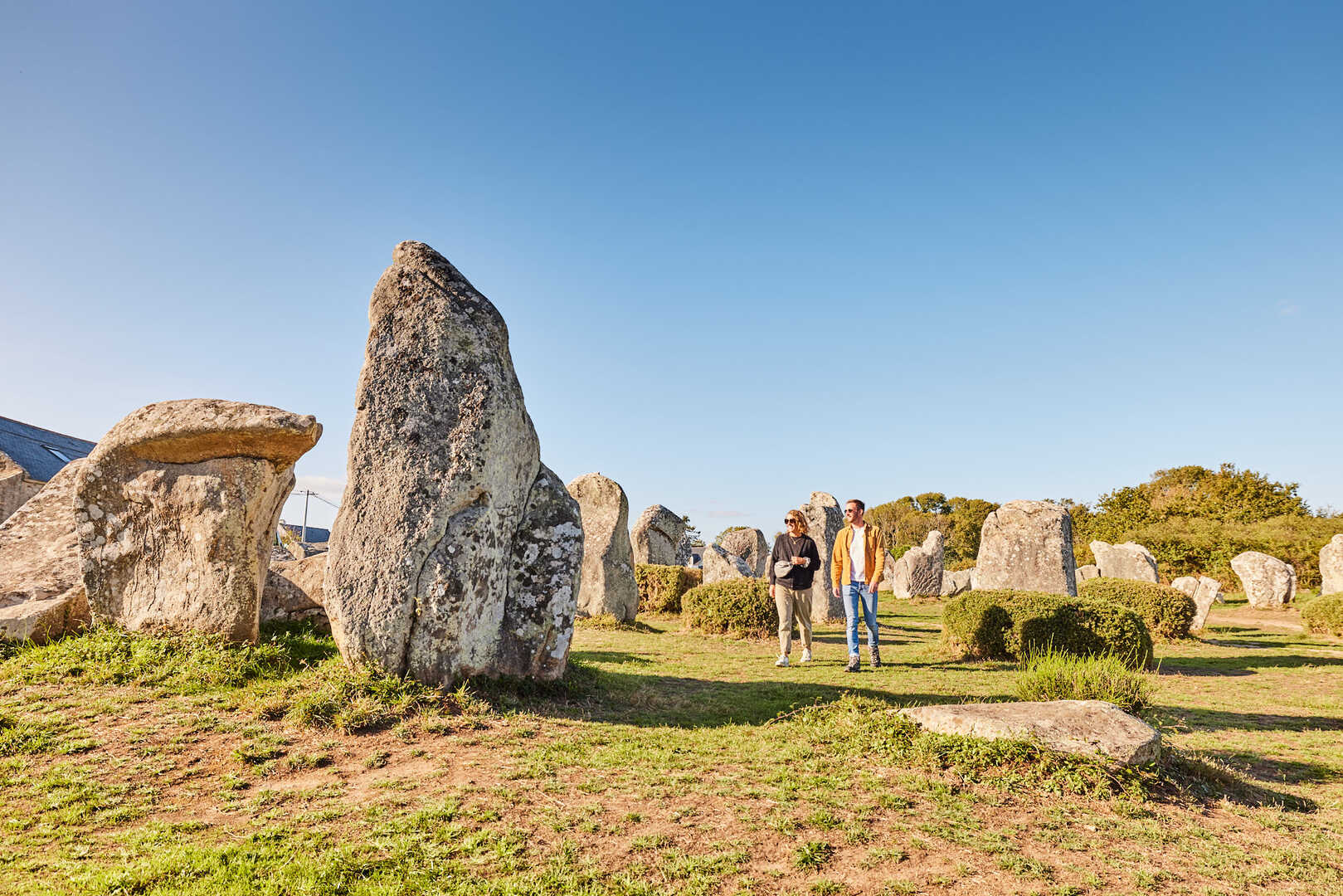
Beyond the numbers, this year’s session highlighted the urgent link between heritage preservation, community participation, and climate change. New transboundary parks, including one spanning South Africa and Mozambique, were also approved, showing that natural heritage often crosses political boundaries.
These new inscriptions are more than just names on a list. They represent humanity’s effort to protect fragile memories, celebrate cultural diversity, and safeguard the natural world for future generations.
Follow Travel Moves on Instagram and Facebook for more global travel news, heritage insights, and inspiration for your next journey.

